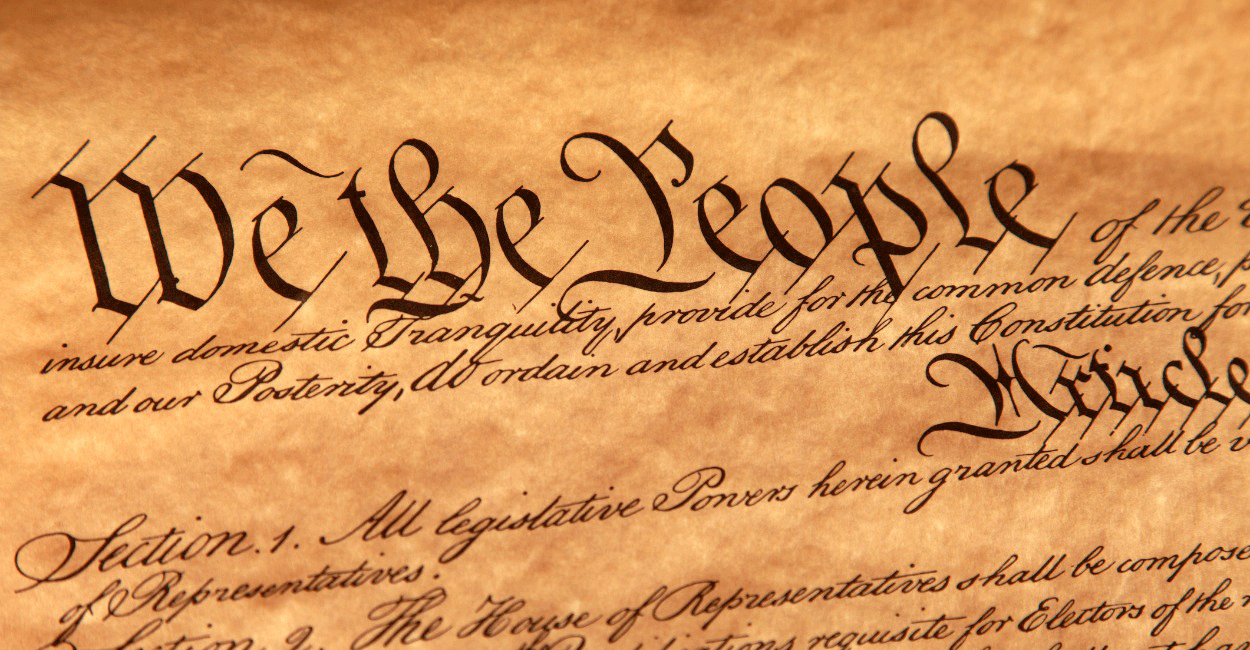 On Wednesdays we study the Constitution. Most recently, I looked at Article 2 §3, on the state of the union. This week it’s Article 2 §4, on impeachment. I love this one.
On Wednesdays we study the Constitution. Most recently, I looked at Article 2 §3, on the state of the union. This week it’s Article 2 §4, on impeachment. I love this one.
Article 2 §4
The President, Vice President and all civil Officers of the United States, shall be removed from Office on Impeachment for, and Conviction of, Treason, Bribery, or other high Crimes and Misdemeanors.
Legal History
Wow. The Annotated Constitution doesn’t even have an entry for this clause. That’s incredible. It’s true that the topic has rarely come up. The House of Representatives has impeached only 19 federal officials. The Senate has conducted formal impeachment trials with seven acquittals, eight convictions, three dismissals and one resignation.
Presidential Impeachments
There are a few historical failed attempts to impeach a president, where a Representative proposed impeachment but was ignored or voted down: John Tyler, Grover Cleveland, Herbert Hoover, Harry Truman, Ronald Reagan, and George H. W. Bush. Richard M. Nixon is kind of a special case, in that his impeachment got further than the ones listed above – the House of Representatives approved three articles of impeachment against him. But he resigned before the Senate could take action. Only two impeached presidents have actually made it “to court.”
- Andrew Johnson was Lincoln’s VP and was the first U.S. president ever impeached. In 1868 the House charged him with attempting to remove, contrary to statute, the secretary of war, Edwin M. Stanton, with inducing a general of the army to violate an act of Congress, and with contempt of Congress. Johnson was acquitted by a margin of a single vote.
- Bill Clinton was the subject of a lawsuit related to a sex scandal. Then the House impeached him for alleged perjury and obstruction of justice in his response to that lawsuit. The Senate acquitted him.
Removal From Office
As written, I think the clause implies that impeachment removes an elected official from office. But the Framers were a lot more free than grammatical with their commas. Impeachment has always been considered the first step in removing an official. Here are the steps for removal of a federal official:
- The House of Representatives files formal charges of treason, bribery, or other “high crimes and misdemeanors” against a federal official.
- The Senate conducts a trial. If the impeached official is the President, the chief justice of the Supreme Court acts as the judge and the Senate as the jury; for all other officials the Senate acts alone.
- A conviction requires a two-thirds majority. The penalty for conviction is removal from office and perhaps a ban from holding any future offices.
Two things about this process that catch my eye: “high crimes and misdemeanors” is pretty vague and doesn’t sound like a technical legal term; and prison is not one of the possible outcomes. That means the biggest risk of criminal activity for the highest elected officers (some of them term-limited) in the country is job loss. Things that make you say ‘hmm.’
Contemporary Impeachment
Since there have been … irregularities about the current administration since day one and so it’s not surprising that there has been talk of impeachment for almost as long. As I’m writing this on a random Tuesday, the most recent Google result for “trump impeachment” is only 11 hours old. It’s a column in USA Today with the headline, “The only option left is impeachment.”
- In what looked to be an attempt to pave the way for impeachment, in December 2016, Elizabeth Warren, Dick Durbin, Chris Coons, Ben Cardin and Jeff Merkley introduced a bill that would require the President of the United States to divest any assets that could raise a conflict of interest (something the President claimed he would do, but then didn’t). The bill included a statement that failure to divest would constitute high crimes and misdemeanors “under the impeachment clause of the U.S. Constitution.”
- On July 12, 2017 Brad Sherman formally introduced an Article of Impeachment accusing the President of obstructing and impeding the investigation of justice, regarding the investigation of Russian interference in the 2016 presidential election.
- In October 2017, Al Green presented his impeachment resolution to the House, and was allegedly talked down from forcing a vote by House leadership, who counseled waiting for the completion of ongoing investigations.
- On November 15, six Democrats including Steve Cohen introduced Res. 621 with five articles of impeachment.
- On December 6, Al Green was back with new articles of impeachment in Res. 646 and the resolution was tabled.
- The House repeated this scene on January 19, 2018.
Where Are We Now?
Because of those failures, everyone, including Green, seemed to agree that impeachment was impossible under the Republican dominance of the house. All eyes turned to the midterms. As of late November, only one California position remained uncalled, and Democrat TJ Cox looked likely to win over Republican David Valadao. If he wins, Democrats will hold 234 seats in the House and Republicans will hold 200.
And those ongoing investigations seem to be making interesting progress… so who knows what could happen in 2019?




About the author